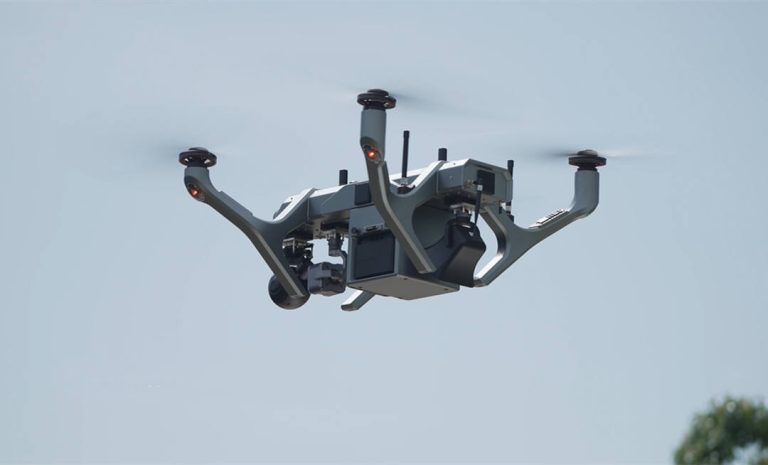Cargo Theft: Risks, Methods, and Preventions
Cargo theft has escalated into a critical issue, with recent data highlighting a staggering 46% increase in incidents during the first quarter of 2024 compared to the previous year, according to CargoNet.
This trend reflects a 10% rise from the last quarter of 2023, underscoring the situation's urgency. In total, 925 incidents were documented, with an average stolen shipment value of $281,757, leading to an estimated loss of $154.6 million in goods.
This rampant theft not only inflicts severe financial damage on businesses but also jeopardizes public safety and supply chain integrity.
This article will explore the dangers of cargo loss, examine various types of cargo theft, and discuss essential prevention and recovery strategies to help safeguard your assets.
What is Cargo Theft?
Cargo theft refers to the criminal act of stealing goods that are part of a commercial shipment, whether transported by trucks, trains, ships, or aircraft.
This illicit activity poses a serious threat to businesses, impacting not only their bottom line but also the integrity of supply chains.
With cargo theft on the rise, companies need to understand the methods employed by thieves and the types of cargo theft that exist.
Cargo theft can be broadly categorized into two main types: straight cargo theft and strategic cargo theft. Each type presents unique challenges and requires different preventative measures.
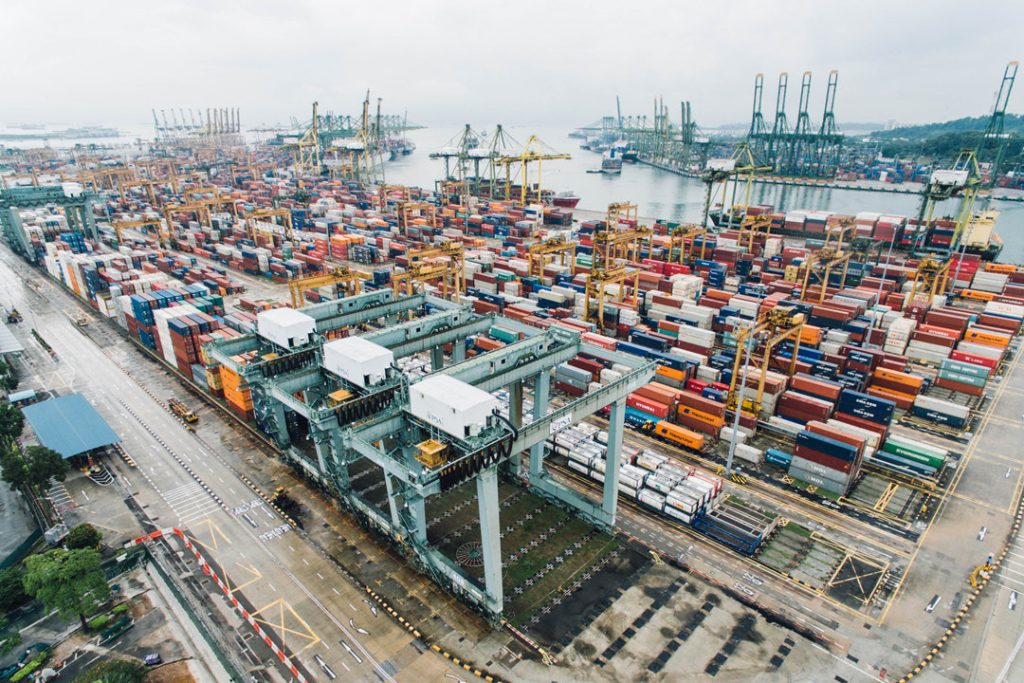
Straight Cargo Theft
Straight cargo theft is a prevalent and immediate threat to commercial entities, including recycling plants, truck yards, and warehouses.
This type involves the theft of cargo directly from its storage location, often targeting unattended items that can be quickly sold on the market.
Thieves typically take advantage of lapses in security, making items left exposed on commercial properties particularly vulnerable. To mitigate the risks associated with straight cargo theft, businesses can implement several preventative strategies.
For instance, installing electric fencing provides a physical barrier and serves as a shock deterrent, complemented by alarm systems that alert personnel to unauthorized access.
By deterring criminals from entering the property in the first place, companies can effectively minimize opportunities for opportunistic theft.
Strategic Cargo Theft
In contrast to straight cargo theft, strategic cargo theft involves more calculated and deceptive tactics.
Criminals employ schemes that exploit vulnerabilities within the supply chain, manipulating various stakeholders to unlawfully acquire cargo.
Common methods include using fake identification or impersonating legitimate businesses to deceive carriers, brokers, and shippers into releasing valuable shipments.
Strategic thieves often time their operations close to critical deadlines, banking on the pressure it creates and potential errors made by employees in a hurry.
This type of theft requires heightened vigilance and sophisticated security measures, such as perimeter security solutions equipped with video surveillance.
Retaining video footage allows companies to analyze incidents post-theft, providing insights into how criminals operate and enabling them to strengthen security protocols moving forward.
7 Most Common Cargo Theft Methods
Cargo theft has evolved into a sophisticated criminal operation, with thieves using various strategies to steal goods. Here are the most typical methods of cargo theft:
Leakage Operations
Leakage operations involve thieves slowly and carefully siphoning off goods from shipments without being noticed. Instead of stealing an entire load, criminals take a small portion of the cargo, making it difficult for businesses to detect missing items.
This method results in significant losses over time, as criminals repeatedly target companies that fail to notice the theft. Once thieves identify a company as an easy target, they continue exploiting it.
Fictitious Pickups
In a fictitious pickup, criminals impersonate legitimate drivers to steal cargo. This method often involves falsified paperwork, stolen identification, or criminals convincing employees that they are authorized to take possession of a shipment.
Once the cargo is handed over, it is almost impossible to recover. Poor adherence to verification protocols by warehouse or logistics personnel can make this type of cargo theft easy to execute.
Truck Hijackings & Burglaries
Hijackings occur when thieves steal an entire truck, typically when the driver leaves it unattended. Criminals may follow a truck from its departure point, waiting for the first stop to strike.
This form of cargo theft is highly opportunistic and can lead to substantial financial losses for companies. To prevent hijackings, experts recommend that drivers avoid stopping within the first 200 miles or four hours of their journey.

False Emergencies and Coerced Stops
A common technique used by criminals is signaling to drivers that something is wrong with their truck or cargo. Once the driver pulls over, thieves seize the opportunity to steal part or all of the cargo.
This method not only puts the cargo at risk but can also be dangerous for the driver. To avoid coerced stops, drivers are advised to check their trucks thoroughly before departure and avoid stopping for unplanned reasons unless a legitimate issue arises.
Grab and Run
This method involves criminals following a truck and waiting for it to stop, such as at a rest area or gas station. Once the truck is unattended, they break into the trailer and grab as much merchandise as possible before fleeing the scene.
This type of theft often happens quickly, with thieves targeting items that are easy to transport.
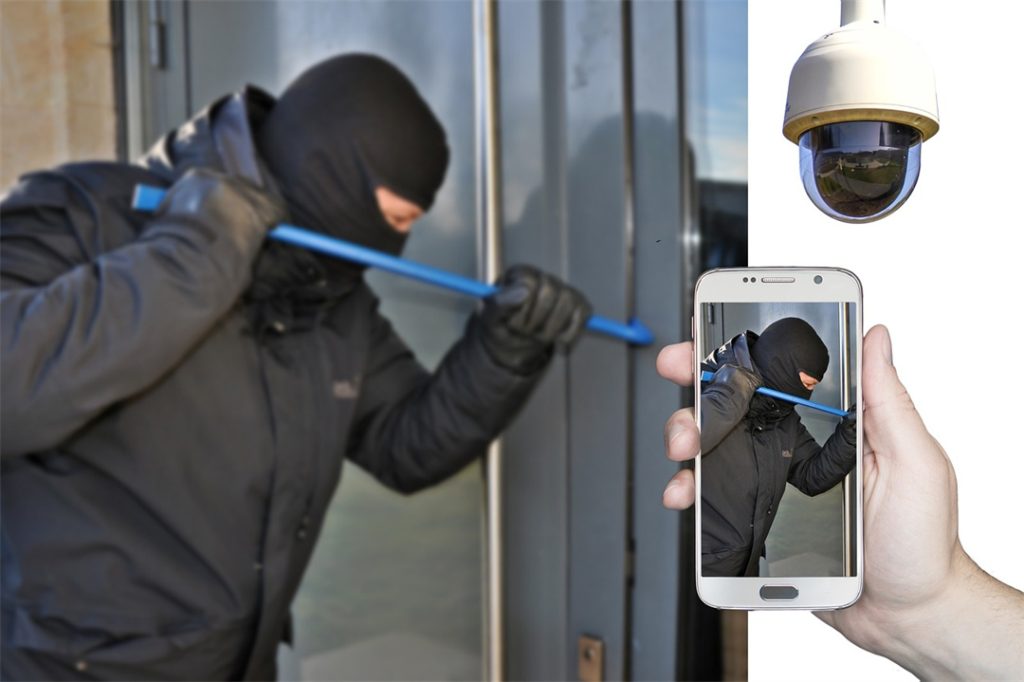
Commercial Burglaries
Commercial burglaries occur when criminals break into shipping containers or trucks parked at facilities like truck yards, warehouses, or businesses near transportation hubs. Cargo theft at these locations often happens because the goods are left unattended for extended periods.
Thieves target areas with weak security, making it crucial for businesses to improve security measures, such as installing surveillance systems and securing perimeters, to prevent commercial burglaries.
Employee Involvement
In some cases, cargo theft involves inside help from drivers, warehouse staff, or other employees with access to valuable information. These insiders may stage hijackings or provide criminals with access to shipments in exchange for substantial financial rewards.
Vetting employees thoroughly and ensuring strong internal security protocols are in place are critical to mitigating the risk of insider involvement in cargo theft.
What Are the Most Stolen Cargo?
The most stolen cargo items can vary by region and market trends, but certain categories consistently rank high due to their value and demand.
- Electronics: Consumer electronics, including smartphones, laptops, tablets, and gaming consoles, are highly sought after by thieves due to their high resale value and portability. According to CargoNet, electronics accounted for 13% of all cargo theft incidents in a recent study.
- Food and Beverage: Perishable goods like food and beverages are also frequently targeted, as they can be quickly sold on the black market or consumed without detection. CargoNet reported a significant increase in the theft of food and beverage shipments in recent years.
- Household Goods: Appliances, furniture, and other household items are common targets for thieves, especially during the holiday season when demand is high.
- Automotive Parts: Car parts, including engines, transmissions, and electronics, are valuable commodities that can be easily sold on the black market.
- Luxury Goods: High-end items like jewelry, watches, and designer clothing are often targeted by organized crime syndicates.
- Pharmaceuticals: Prescription drugs, especially opioids, are a valuable commodity that can be sold on the black market for a significant profit.
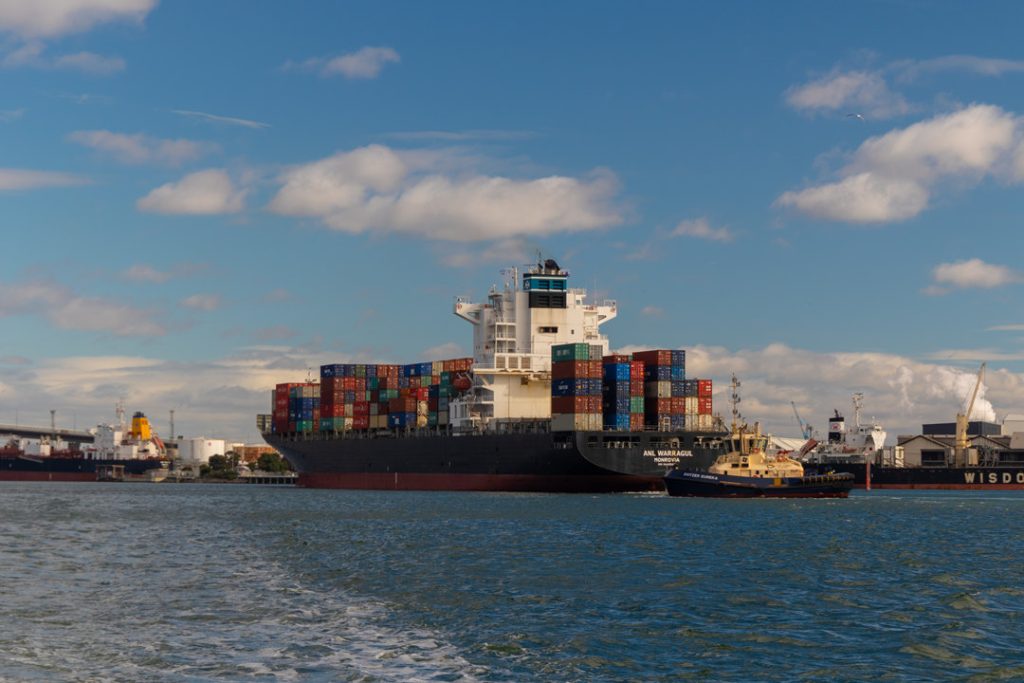
When is Cargo Theft Most Likely to Occur?
Cargo theft is most likely to occur during specific times and circumstances that create opportunities for criminals.
- Holidays and Special Occasions: Times like Christmas, New Year's, and other holidays often lead to increased cargo volumes, making them prime targets for thieves. The heightened activity and distractions during these periods can create opportunities for criminal activity.
- Nighttime Hours: Cargo theft tends to spike during the night when visibility is low and fewer people are around to deter potential criminals. The lack of supervision in dark or isolated areas makes these times particularly vulnerable.
- Weekdays: Data compiled by the National Insurance Crime Bureau (NICB) indicates that most cargo thefts occur on weekdays, with Monday and Friday being the most significant days. In 2017, there were 8,676 cargo vehicle thefts reported, averaging about 24 thefts per day. Mondays and Fridays accounted for a total of 6,752 thefts, while weekends saw 1,924 incidents.
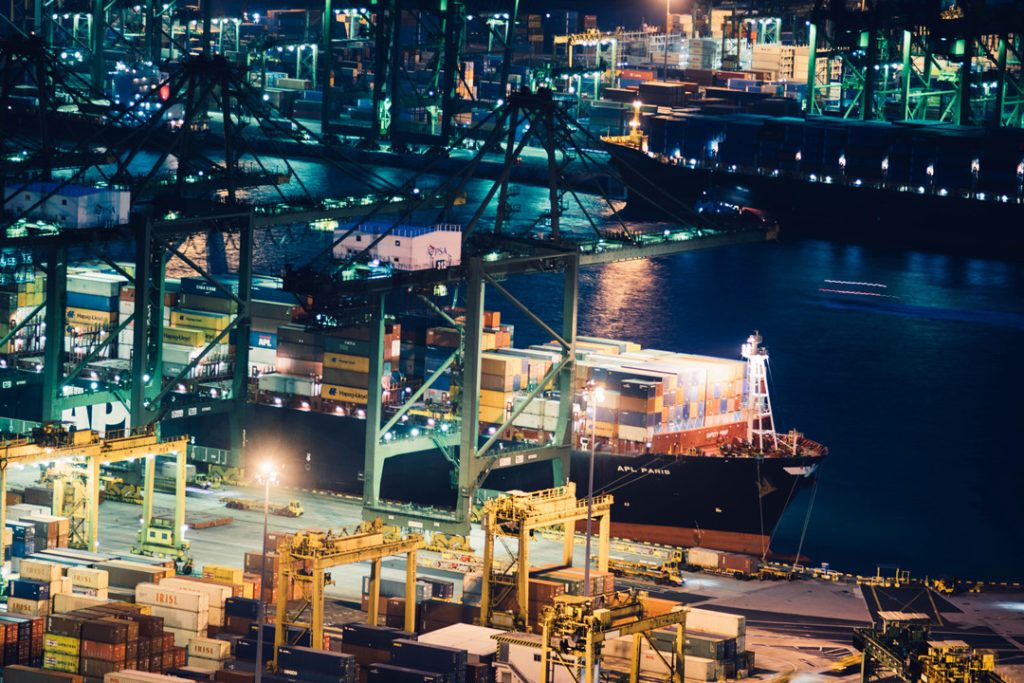
What Are the Consequences of Cargo Theft?
Cargo theft has far-reaching consequences that affect businesses, consumers, and entire industries. Here's a detailed breakdown of the impact of cargo theft:
Financial Losses
The most immediate consequence of cargo theft is the direct financial loss incurred from the stolen goods themselves. Depending on the value of the cargo, this can be substantial. Businesses may also face increased insurance premiums, legal fees, and business interruption costs.
For example, a company that loses a shipment of high-value electronics may experience significant financial losses due to the cost of replacing the goods, potential damages to customer relationships, and increased insurance premiums.
Supply Chain Disruptions
Cargo theft can have a significant impact on supply chains, leading to delayed shipments, damaged customer relationships, and increased costs. When goods are stolen, it can disrupt production schedules, cause delays in deliveries, and lead to customer dissatisfaction.
Additionally, businesses may need to find alternative suppliers or expedite shipments to meet customer demands, which can increase costs. For instance, a manufacturing company that relies on timely delivery of raw materials may face production delays and lost sales if a shipment is stolen.
Reputation Damage
Cargo theft can damage a company's reputation and erode customer trust. When customers learn that a company has experienced cargo theft, they may question the company's ability to protect their goods and deliver them on time. Negative publicity surrounding cargo theft incidents can also harm a company's brand image and lead to lost sales.
Legal and Regulatory Consequences
Cargo theft can have legal and regulatory consequences for businesses. Law enforcement agencies may investigate theft cases, which can be time-consuming and disruptive.
Businesses may also face fines or penalties if they fail to comply with security regulations. Additionally, the legal costs associated with investigating and prosecuting theft cases can add to the financial burden.
Economic Impacts
Cargo theft can have broader economic impacts, reducing economic activity and increasing costs for consumers. When cargo is stolen, it can disrupt supply chains and reduce consumer confidence, leading to decreased spending. The costs associated with cargo theft may also be passed on to consumers in the form of higher prices for goods and services.
Prevention and Mitigation Strategies for Cargo Theft
To protect their valuable assets and mitigate financial losses, companies must implement effective prevention strategies.
Know Your Cargo
Understanding the characteristics of your cargo is essential to tailoring your security measures. Criminals often target high-value items like electronics, pharmaceuticals, and designer apparel. Therefore, knowing what makes your cargo particularly vulnerable can help you implement specific protection strategies.
Risk Classification: Categorize your cargo based on its value, sensitivity, and appeal to thieves. Identify which shipments are high-risk and require additional protection measures.
Adjust Security Based on Cargo: Tailor security systems to each type of cargo. For example, high-value electronics may need more frequent monitoring, while pharmaceuticals might require temperature-controlled and tamper-proof seals.
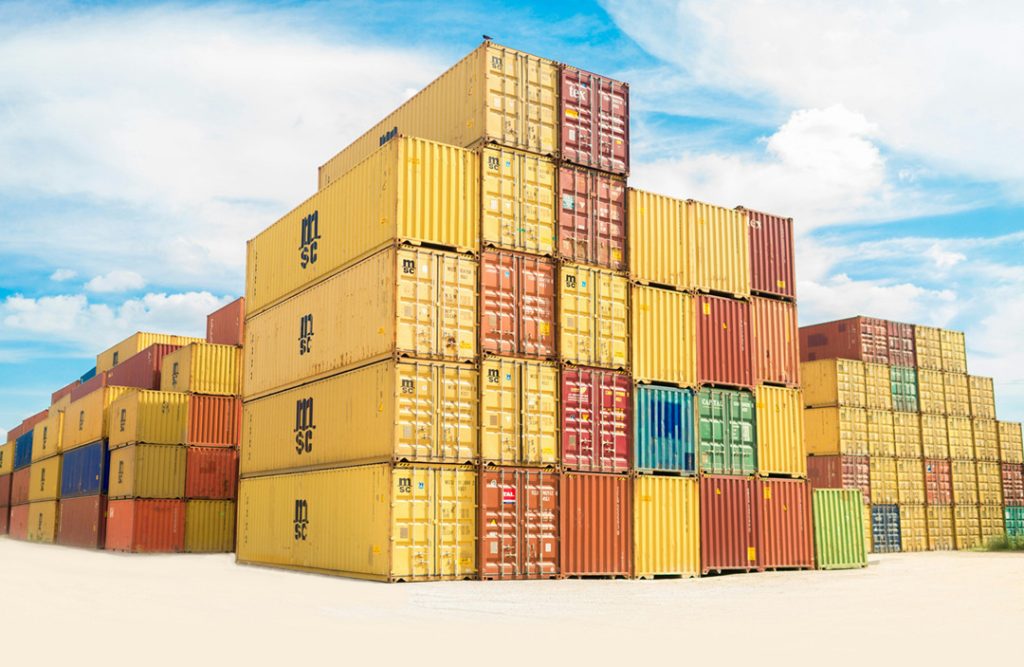
Leverage Technology to Enhance Security
Technological solutions are at the forefront of modern cargo theft prevention. By implementing a combination of tools, companies can deter, detect, and respond to threats in real time.
GPS Tracking: Install GPS tracking devices to ensure real-time visibility of your cargo’s location. This allows you to monitor its journey and respond quickly if the shipment deviates from its planned route.
Electronic Locks and Seals: Use advanced locks and electronic seals to prevent unauthorized access to cargo compartments. Alarms can alert you if these systems are tampered with or breached.
Vehicle Telematics: Beyond just tracking, telematics systems can provide insights into driver behavior and unauthorized route changes, allowing for proactive intervention if irregularities occur.
Implement Thorough Driver Training
Drivers are your first line of defense. Proper training equips them with the knowledge to avoid dangerous situations and respond appropriately in case of theft.
Risk Assessment: Train drivers to conduct a risk assessment before every trip. This includes asking questions like:
- What type of cargo am I transporting?
- What are the high-risk areas on my route?
- What security measures are in place at each stop?
Vigilance and Reporting: Encourage drivers to stay alert and report any suspicious behavior along their routes. Teach them the importance of varying their routines to avoid being targeted by thieves monitoring regular patterns.
Emergency Procedures: Ensure drivers understand what to do if theft occurs, including immediately contacting law enforcement, reporting the incident to their company, and notifying their insurance provider.
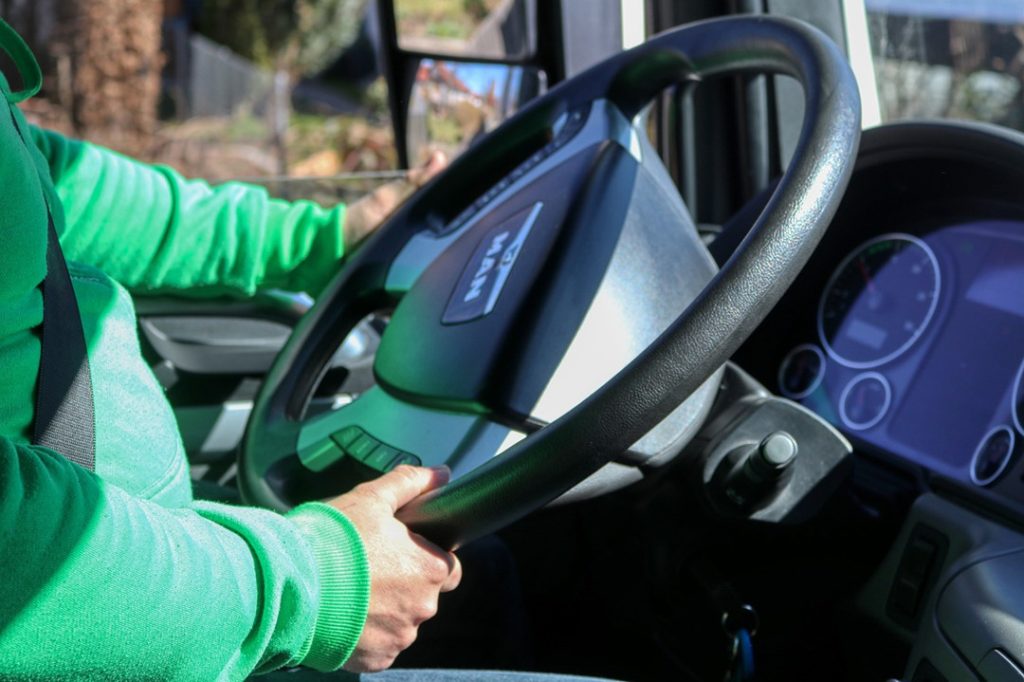
Choose Secure Rest Stops and Parking Locations
Cargo theft frequently occurs during driver rest periods. Selecting secure, well-monitored locations is crucial for preventing theft during stops.
Secure Facilities: Prioritize parking in well-lit, secure areas with surveillance cameras and security patrols. Avoid isolated or poorly monitored locations.
Designated Truck Stops: Where possible, use designated truck stops with enhanced security measures, such as controlled access, monitored entry, and fenced perimeters.
Implement Strict Cargo Handling Procedures
Clear and standardized cargo handling procedures ensure that only authorized personnel have access to valuable goods. This reduces the risk of theft by insiders or third parties.
Access Control: Limit who can access cargo and ensure only vetted employees are allowed to handle high-value goods. Secure loading docks and warehouses should have electronic access controls.
Record Keeping: Keep detailed records of who has accessed the cargo at each stage of its journey. Regular audits help identify discrepancies early.
Foster a Culture of Safety
Cargo theft prevention is more effective when employees at all levels are engaged in security efforts. Creating a company culture that emphasizes safety and vigilance helps ensure all employees take their responsibilities seriously.
Open Communication: Encourage employees to share concerns about potential security risks. Create an environment where reporting is supported and rewarded.
Incentivize Safety: Recognize and reward employees, particularly drivers, who demonstrate exceptional safety practices or contribute to cargo theft prevention efforts.
Consider Cargo Insurance
No matter how stringent your security measures are, cargo theft remains a possibility. Adequate insurance coverage ensures your company can recover financially from losses.
Evaluate Coverage: Regularly review your policy to ensure it covers the full value of your cargo, and that the deductible aligns with your risk tolerance.
Territorial Coverage: Ensure your policy covers theft in all regions where your shipments travel, especially if crossing borders.
Policy Details: Be aware of exclusions and additional endorsements, such as coverage for high-value items, and understand how your insurer calculates cargo value in the event of a loss.
Compliance: Adhere to any security measures mandated by your insurer, as failure to comply can invalidate coverage.
Continuously Update Cargo Theft Prevention Measures
Cargo theft trends and criminal tactics evolve, so it’s important to stay proactive and regularly update your security protocols.
Monitor Industry Reports: Stay updated on emerging crime tactics and trends by reviewing industry reports and security advisories.
Review Procedures: Regularly review your current strategies and procedures. Conduct security audits, and implement changes as necessary to address new threats.
Training Updates: Refresh driver and employee training based on the latest theft methods and prevention strategies.
How Do Drones help with Cargo Protection?
Many traditional cargo protection methods rely heavily on physical security measures like locks and alarms, which determined criminals can easily bypass. Moreover, these methods often lack comprehensive tracking systems, leading to delays in identifying discrepancies or theft incidents.
In contrast, drones have emerged as a transformative technology for cargo protection, providing innovative solutions that enhance security throughout the supply chain. Equipped with advanced surveillance capabilities, drones offer real-time monitoring, delivering a level of visibility that conventional methods cannot match.

Real-Time Surveillance
Drones equipped with high-resolution cameras can provide real-time aerial surveillance of cargo facilities and transport routes. This allows security personnel to monitor for unauthorized access or suspicious activities from a bird's-eye view, significantly enhancing situational awareness.
A prime example is the CW-15 drone, which boasts an impressive flight endurance of up to 210 minutes and an operational radius of 200 kilometers. Its capabilities also include real-time video streaming, making it an excellent tool for comprehensive cargo monitoring.
Automated Patrols
Drones can be programmed to conduct automated patrols of cargo storage areas and transportation routes, ensuring continuous monitoring without the need for constant human oversight. This reduces the risk of human error and enables faster responses to potential threats.
Geo-Fencing Technology
Drones utilize geo-fencing capabilities to establish virtual boundaries around cargo areas. If a drone detects unauthorized movement beyond these predefined limits, it can immediately alert security personnel, enabling quick intervention.
Cargo Inspection
Equipped with thermal imaging and other sensors, drones can inspect cargo containers for signs of tampering or theft. For instance, they can detect heat signatures from unauthorized personnel or equipment, allowing for early identification of potential theft attempts.
The CW-15 can be outfitted with a dual-light gimbal camera that combines a 30x zoom 1080p visible light gimbal camera with a 640x512 thermal camera, enhancing its inspection capabilities.
Emergency Response
In the event of a theft or security breach, drones can be deployed swiftly to assess the situation and relay real-time data to law enforcement or security teams. This rapid response capability aids in evidence gathering and improves the chances of recovering stolen goods.
The CW-15 can be integrated with the cloud-based platform Jocloud, which transmits data captured by the drone in real-time to a cloud platform accessible from various devices. The platform automatically sends alert notifications when suspicious individuals, vehicles, or activities are detected.
Data Collection and Analysis
Drones are capable of collecting valuable data on cargo movement and security incidents, enabling businesses to analyze patterns and identify vulnerabilities in their cargo protection strategies. This data-driven approach allows for more informed decision-making regarding security measures.
Integration with IoT and Security Systems
Drones can be integrated with Internet of Things (IoT) devices and other security systems to bolster overall cargo security. They can work in conjunction with GPS tracking devices and electronic seals, creating a comprehensive monitoring network that alerts stakeholders to any irregularities.
Cost-Effective Operations
By reducing the need for extensive ground patrols and physical security measures, drones provide a cost-effective solution for cargo protection. Their ability to cover large areas quickly and efficiently minimizes labor costs while enhancing overall security effectiveness.
A recent case study illustrates the effectiveness of drones in cargo protection. The CW-15 successfully patrolled a maritime area with a diameter of 30-50 kilometers over four flights totaling four hours. Ultimately, the drone team assisted the customer in arresting two smugglers and seizing nearly one ton of contraband.
Below is a live video of the suspect vessel obtained by CW-15:



